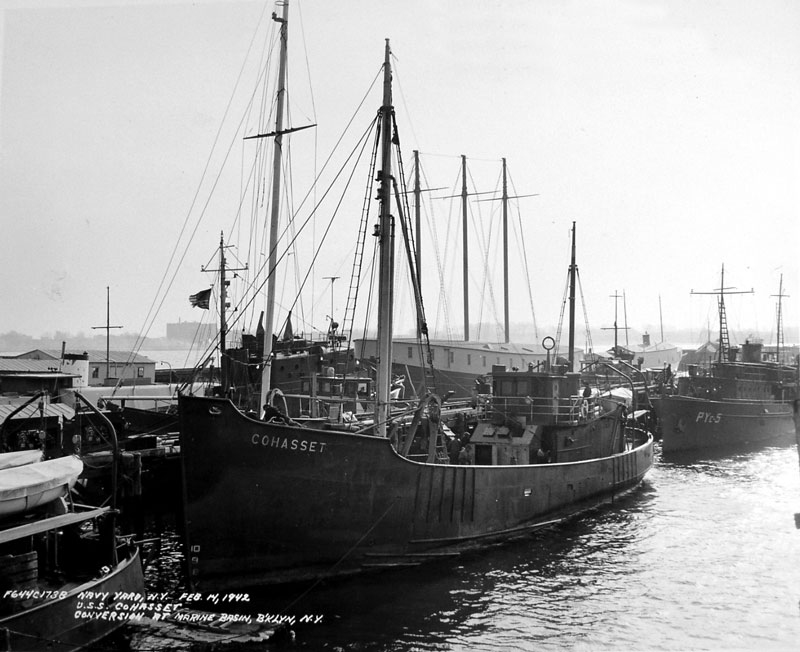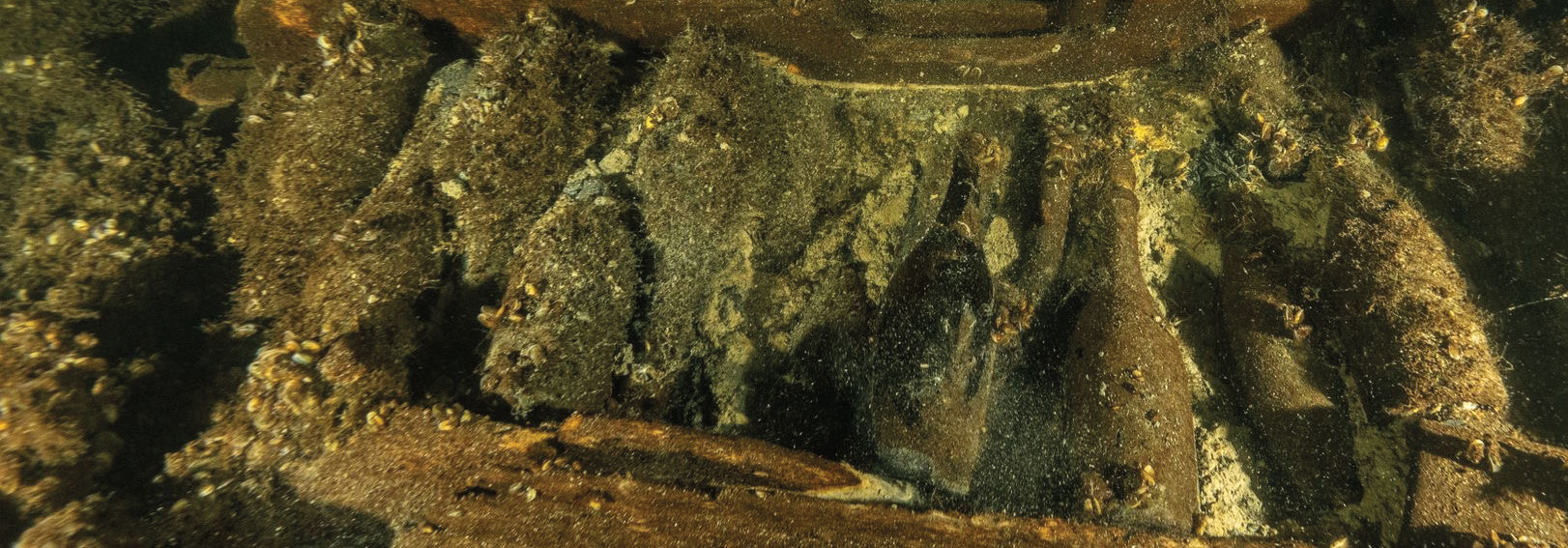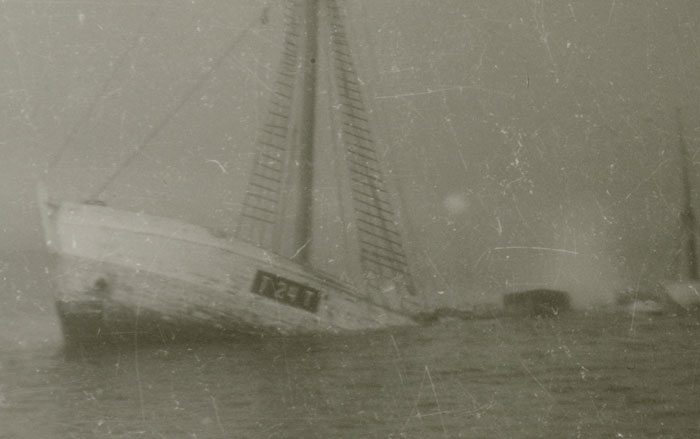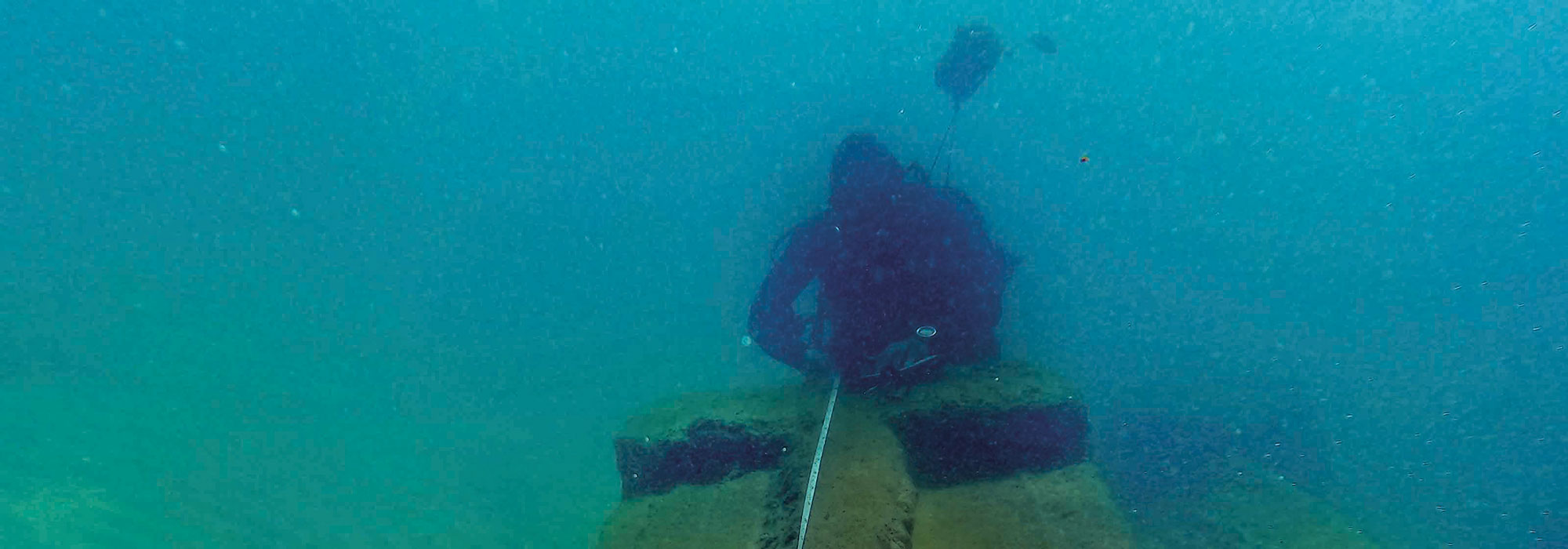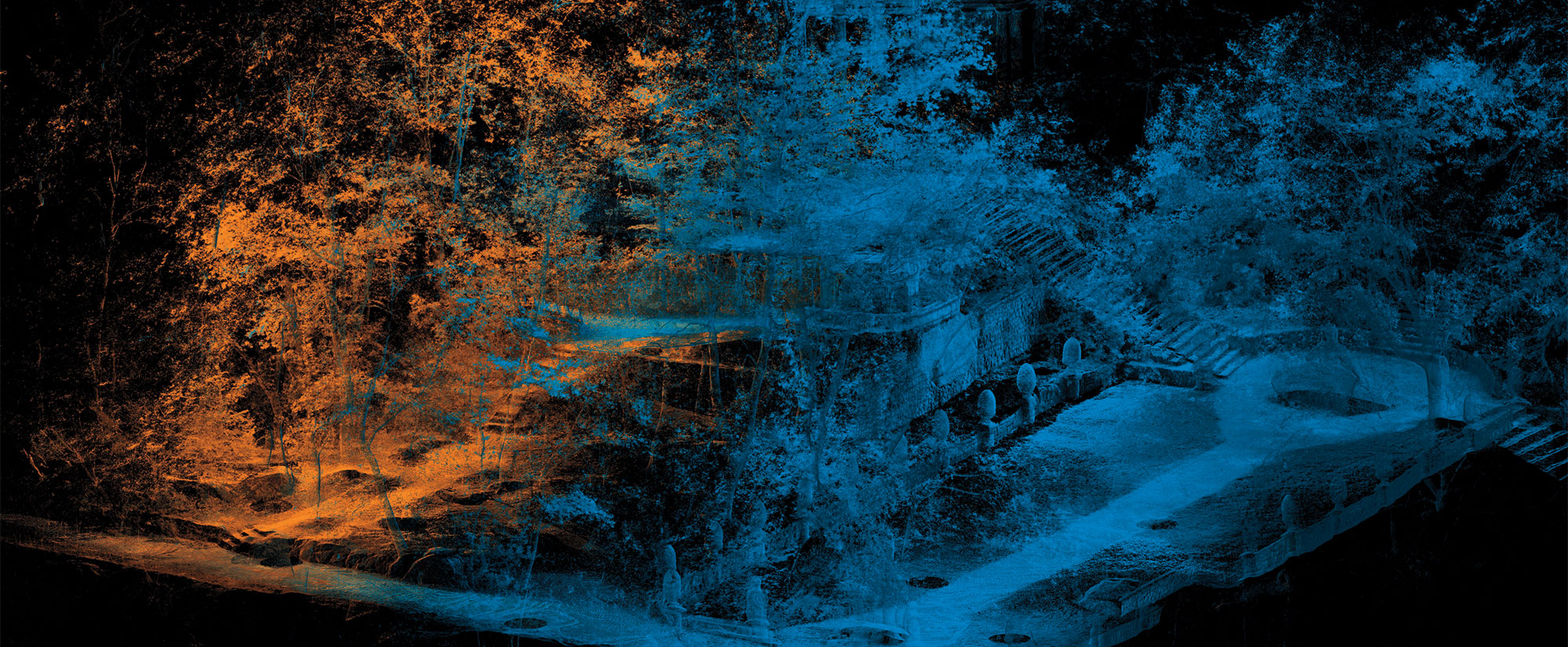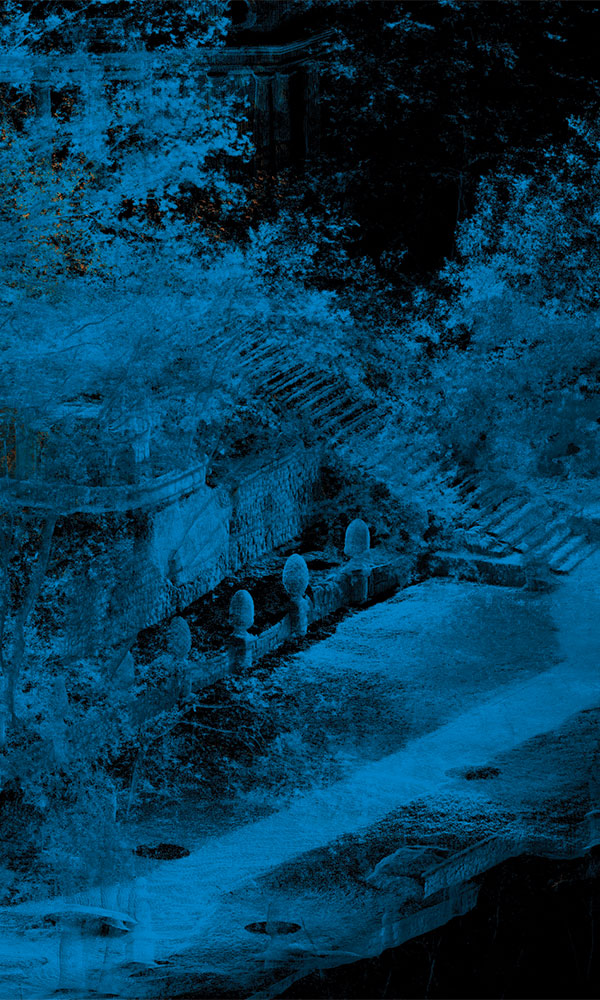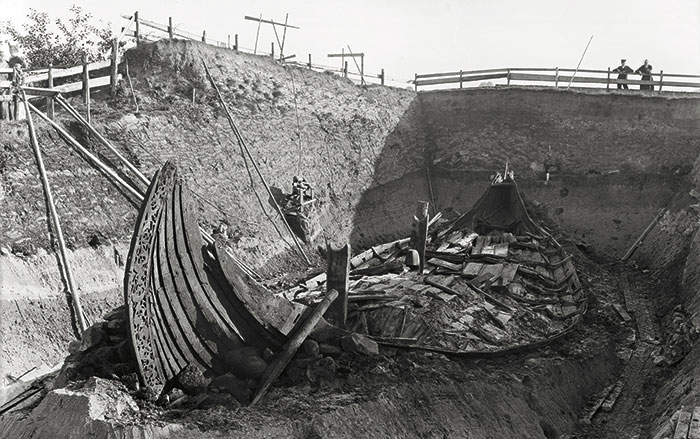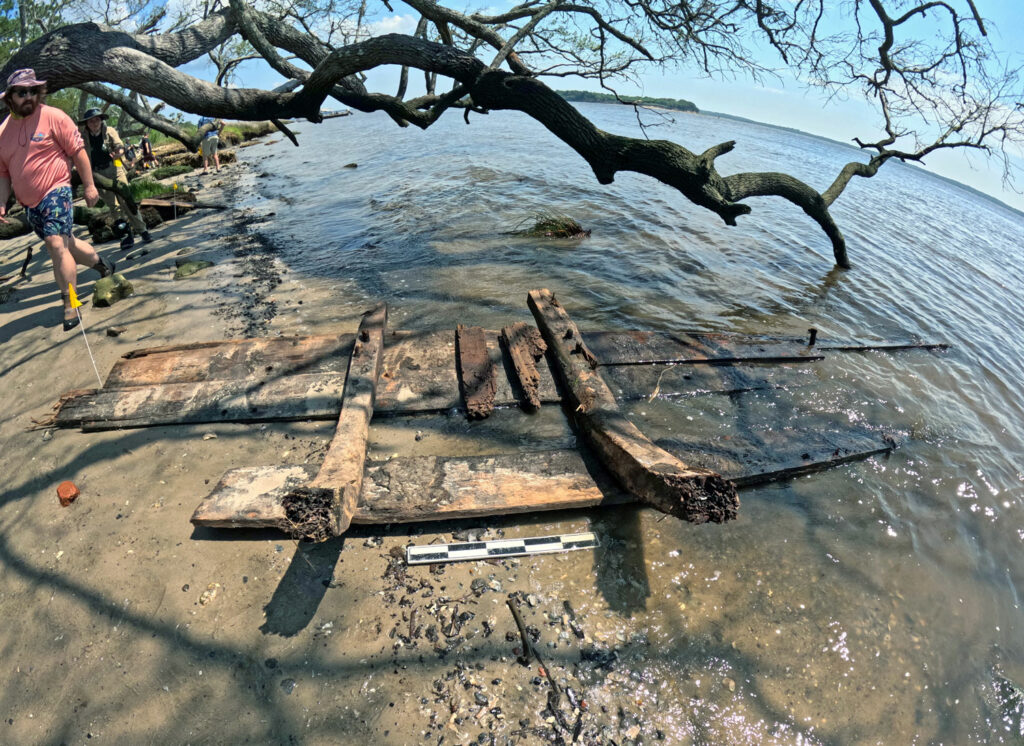
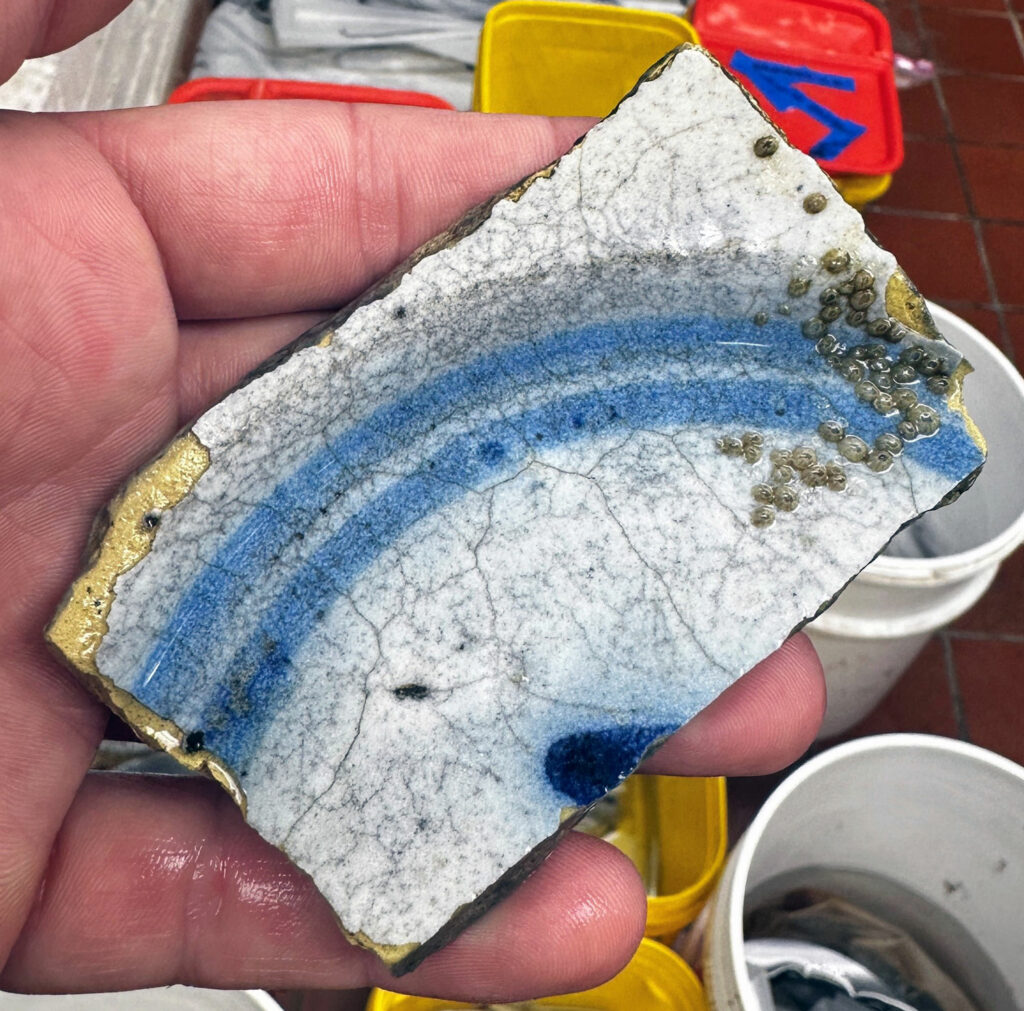
BRUNSWICK TOWN, NORTH CAROLINA—According to a statement released by East Carolina University, a team from the university’s Program in Maritime Studies recently identified four shipwrecks along the waterfront at the Brunswick Town/Fort Anderson State Historic Site (BTFA). Brunswick was a major pre–Revolutionary War port on the Cape Fear River until it was razed by British troops in 1776. Later, during the Civil War, Fort Anderson was built on the remnants of the old village. One of the submerged ships was likely sunk intentionally as part of a land reclamation project, given its location immediately next to a colonial wharf. A second ship was probably an eighteenth-century flatboat, a vessel used to transport people and goods, while a third remains unidentified. Researchers have tentatively identified the fourth wreck, however, as that of the Spanish privateer La Fortuna, originally from Cuba. Wood samples indicate that it was constructed from either Monterey or Mexican cypress, which only grew in the Spanish colonial territories of southern California and central Mexico. Historical accounts record that La Fortuna exploded and sank off the shore of Brunswick Town when it attacked the settlement in September 1748 during King George’s War. “We are extremely excited about these important sites, as each one will help us to better understand the role of BTFA as one of the state’s earliest colonial port towns,” said project co-leader Jason Raupp. To read about artifacts recovered from a tavern in Brunswick Town that burned down in the 1760s, go to "Around the World: North Carolina."



